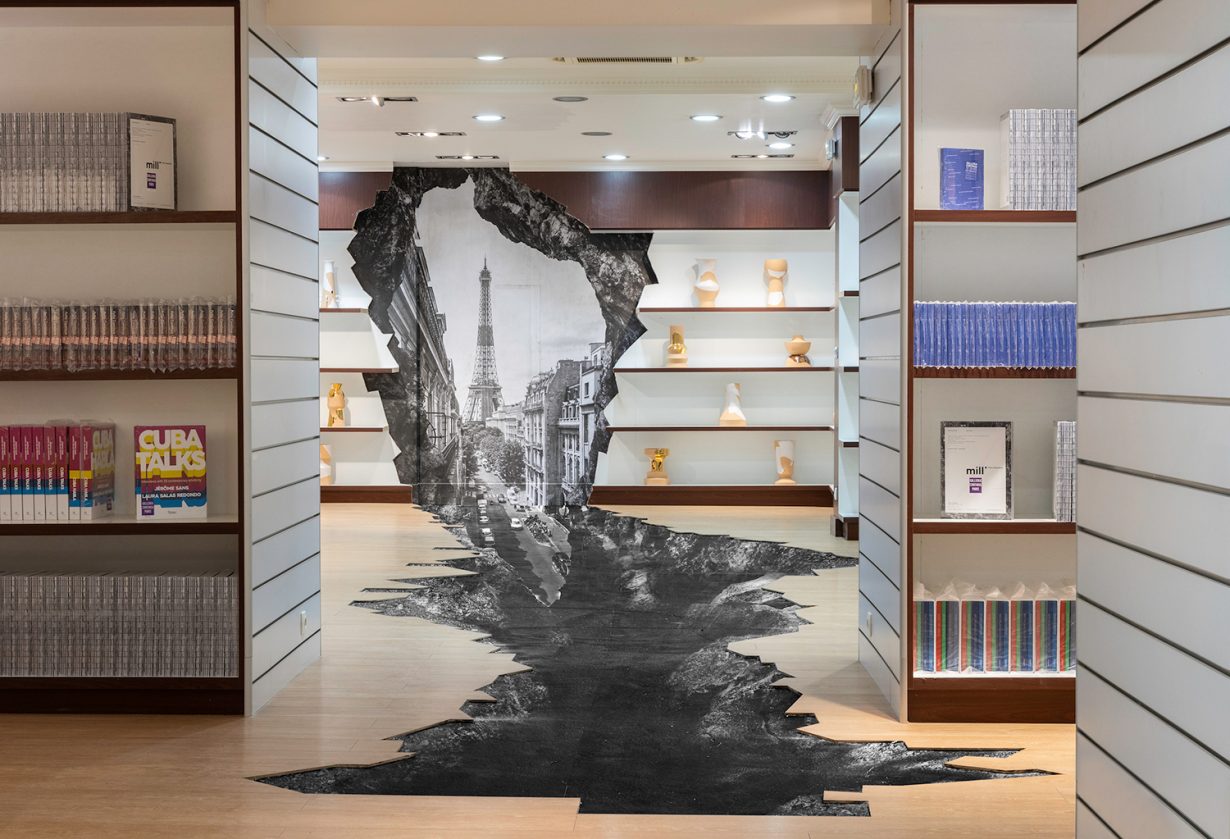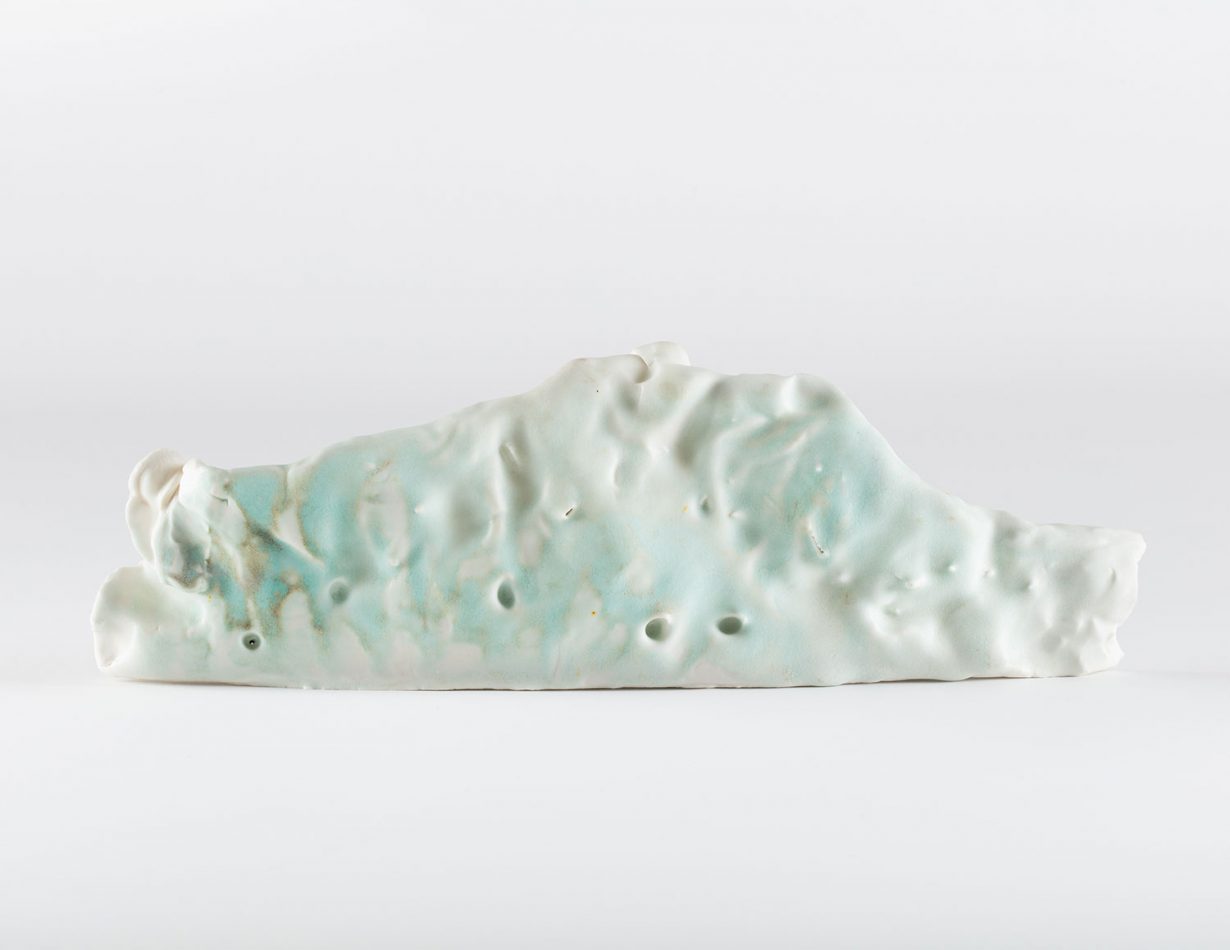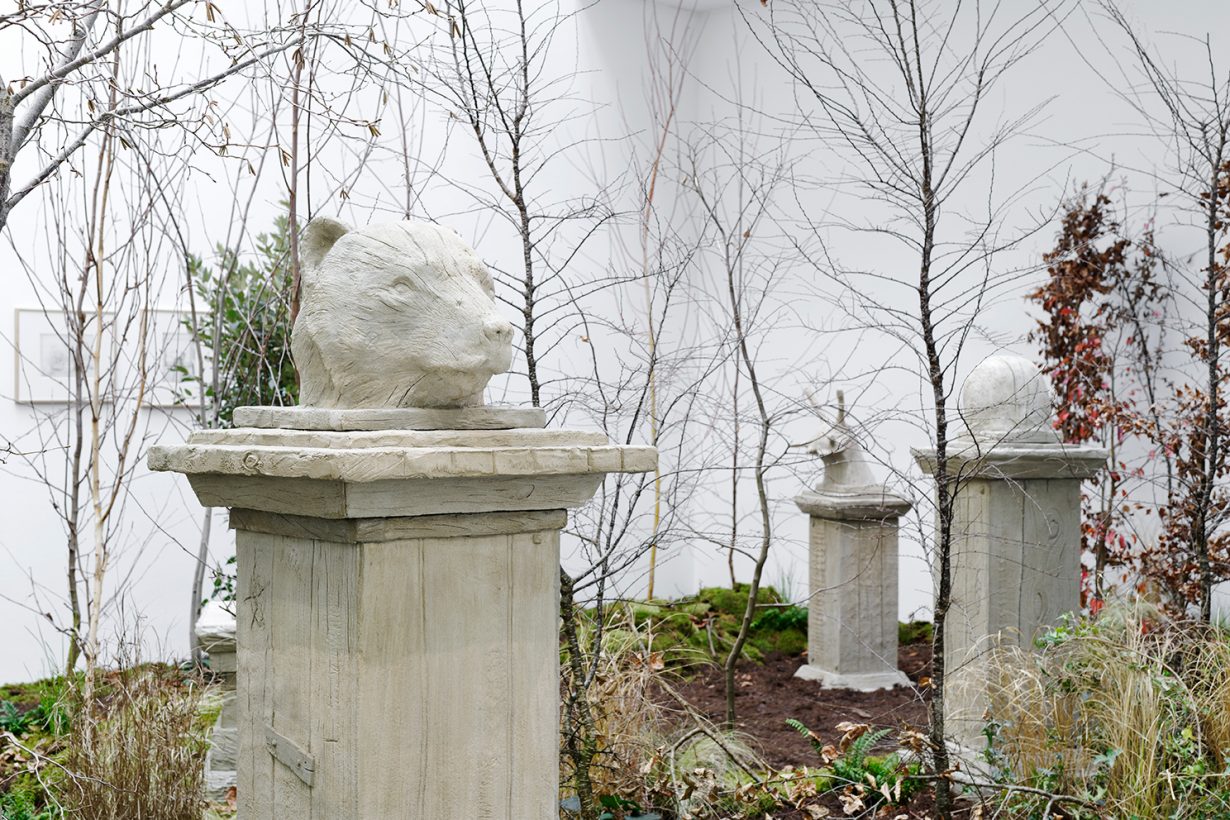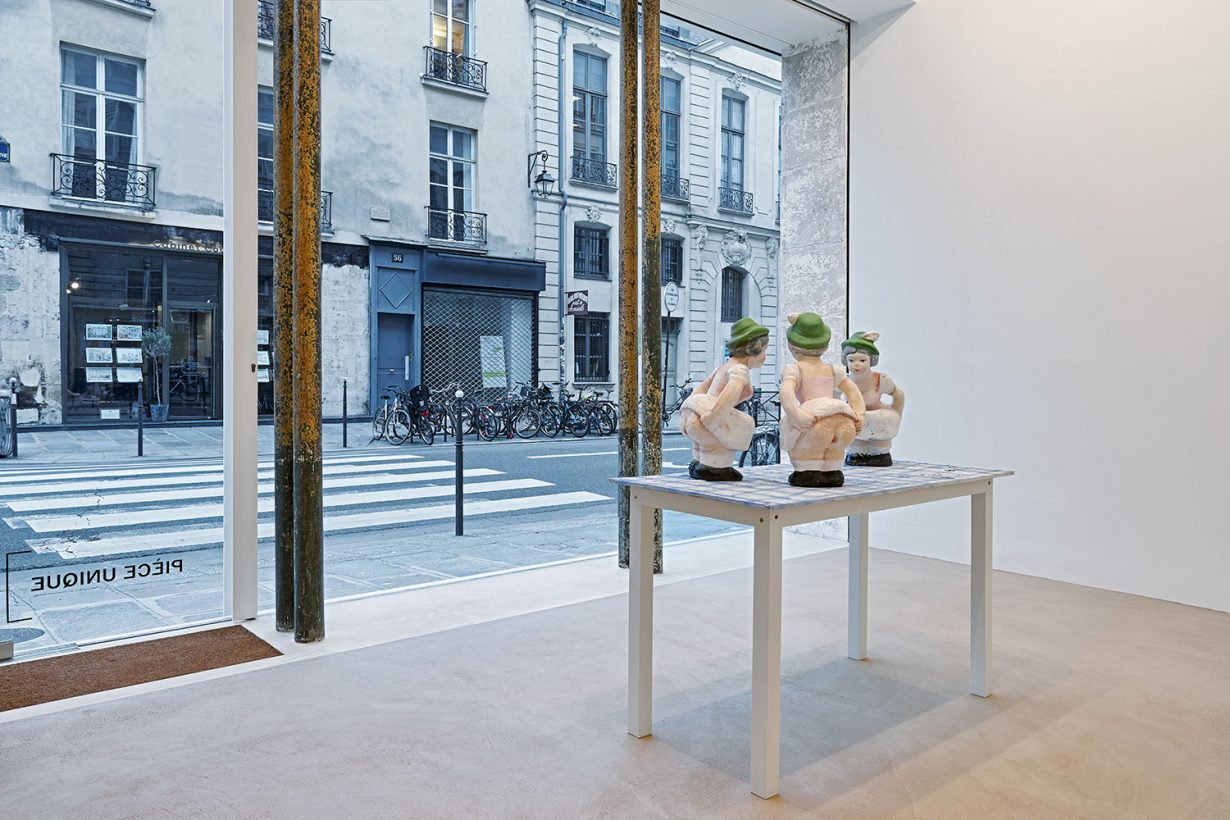While museums in the French capital remain closed, commercial art galleries offer some much-needed respite
In early February, as the French government announced that the reopening of cultural venues would be postponed once again due to the pandemic, more than a hundred museum directors penned a letter to Minister of Culture Roselyne Bachelot-Narquin protesting the decision and drawing attention to art’s potential as ‘a sensitive aid to mental wellbeing to cope with this crisis’, while also pointing out their extensive experience in regulating traffic (where better to enforce social distancing, one-way circulation and limited numbers than a ticketed exhibition?). While the ministry has since responded with vague allusions to a possible earlier return; museums have been closed for four months.
Yet those with a more optimistic bent may be inclined to see the city’s cultural offerings as a glass half full rather than a glass half empty; indeed many Parisians are discovering a plethora of commercial art galleries – which, classified as ‘essential businesses’, have been permitted to remain open – previously known only to the initiated. Indeed Paris’s retail sector has carried on largely unrestricted since November. Depending on your perspective, the status of galleries in this regard is either the result of a useful loophole or a moment of honesty in regard to their mercantile nature. Although for noncollectors like myself, gallery visits remain an important alternative to shopping.

So it is perhaps with a hint of irony that, for the inauguration of its first Paris space, Galleria Continua presents itself as an ‘art supermarket’. The show is the result of a carte blanche given to French street artist and photographer JR, who has capitalised on the venue’s recent history as a wholesale leather-goods shop by filling the existing floor-to-ceiling shelving units with a mix of artworks and artist editions by the gallery’s international roster (from Ai Weiwei and Anish Kapoor to Daniel Buren and Kiki Smith), gallery publications and, in the ‘deli corner’, edibles. The gridded-format of the shelved space combined with the neon shopping baskets that greet you at the entrance (but no, you can’t touch the art – or the food), a takeaway coffee station and signature trompe-l’oeil interventions by the artist-curator, evoke something more akin to a concept store than a supermarket. What concept, you ask? Well, if we’re to believe the show’s title, Truc à Faire, it’s something to do – both for the gallery and its audience, one can assume. It’s light and playful, quite superficially so, but after a year of restrictions and forced isolation, it’s also restorative.

© the artist. Courtesy Balice Hertling, Paris
Another artist-curated show, at Lévy Gorvy, offers an almost perfect counterpoint. Horizons, a group show of painting and sculpture assembled by Etel Adnan (whose paintings also hang at Continua), is a poetic exercise in contemplation around the titular line dear to the ninety-five-year-old artist and poet. At once figurative and abstract, literal and metaphorical, the horizon serves as a simple yet potent motif to connect works across art history and regions. Up on a plinth, resting at eye level, Simone Fattal’s (Adnan’s partner) glazed stoneware and porcelain clouds look like sugar-coated candy, both rough and delicate in finish. Their quietude and fragility are set in contrast to the repetitive straight lines of a small Agnes Martin drawing and a series of largescale semiabstract paintings by Christine Safa in flaming ochre and Mediterranean blue. Another dialogue takes place in the next room around a row of Adnan’s signature smallscale landscapes. Colourful, impressionistic in treatment, these semiabstract horizon scenes face a contrasting presentation of works by Ugo Rondinone: the monumental horizontal flatlines of vierterjulizweitausendundelf (2011) and the vertical Black, green, yellow, blue, pink mountain (2019), a rock formation rendered in flashy colours. Meditative and rich in aesthetic associations, Horizons feels like a personal show, in which the artist opens up conversations while inviting viewers, in lack of perspective, to look into the distance.
From contemplation to obsession: Claude Viallat, a founder of the avant-garde movement Supports/Surfaces, which sought to deconstruct painting in the aftermath of the May 1968 student uprisings, has taken over one of Galerie Templon’s spaces with his pulsating patterned compositions. His deconstructive approach has remained consistent for nearly five decades: bed sheets, sunshade covers, aprons and other domestic fabrics patchworked together to form a canvas, on which the artist systematically paints the same semiorganic, semigeometric motif. Yet here, in his latest series, the compositions bear sutures: crisscrossing strips of fabric stitch and mend the ‘tears’ that reveal the wall behind it. Hung by their corners on the gallery walls, they look like joyful DIY banners, while suggesting some healing ritual performed by the artist.

Courtesy Semiose, Paris
Turning a corner or two takes me into the self-contained universe of French artist Laurent Le Deunff at Galerie Semiose. Curious and ambitious, the show is full of mysterious narratives set somewhere between a hunting cabin, a natural history museum (or could it be an homage to the nearby but locked-down Musée de la Chasse et de la Nature?) and a public garden. Hanging on one of the walls in the first room is a giant necklace made with what looks like huge sharks’ teeth; propped up on small metal rods atop a plinth are sculptures of various slugs and less identifiable creatures; on another wall, wooden bas-reliefs depict moles and badgers making their way through underground passageways. Stepping into the next room we enter a clearing: the ground is covered in soil, moss and trees, populated by sculptures of animal heads on plinths that look like public memorials to dead species. Seemingly carved in wood, the sculptures are in fact moulded in cement, and it turns out the sharks’ teeth are made of wood – small deceptions that further confuse the viewer in search of context. In drawings that line the wall of this garden, we see a cat in the artist’s studio, surrounded by some of the work presented here. There are no traces of the artist (barring the hand that made the works), or of humans in general. Is it an homage to the reign of other animal species and the artist’s feline companion (an exhibition text quotes William Burroughs’s view of cats as ‘as psychic companions, as familiars’), or are we projected into a future where all that remains of animals are representations?

Courtesy Massimo De Carlo Pièce Unique, Paris
I’ll leave you with a theatrical send-off, on show at yet another established international gallery setting up shop in Paris. Taking a minimalist approach, Massimo De Carlo Pièce Unique (one work or one room – both apply – reinstating a brand originally conceived by gallerist Lucio Amelio in 1989) showcases in its vitrinelike setup a new work by Los Angeles-based Kaari Upson. Clay Baby (m.l.) (2021) consists of three sculpted replicas of a kitsch figurine of a Bavarian woman in all her fantasised stereotypes (Alpine hat, plump demeanour, protuberant breasts and rosy cheeks), with a comical and irreverent twist: the three figurines are lifting their skirts to flash bare buttocks at passersby. Crouched, facing each other, atop a white-and-blue-patterned table, they seem complicit, as if engaging in a ritual (perhaps the most basic and universal one), yet aware of the provocative nature of their gesture. I’m tempted to see the scene as a cheeky protest against a situation over which they have little control.
